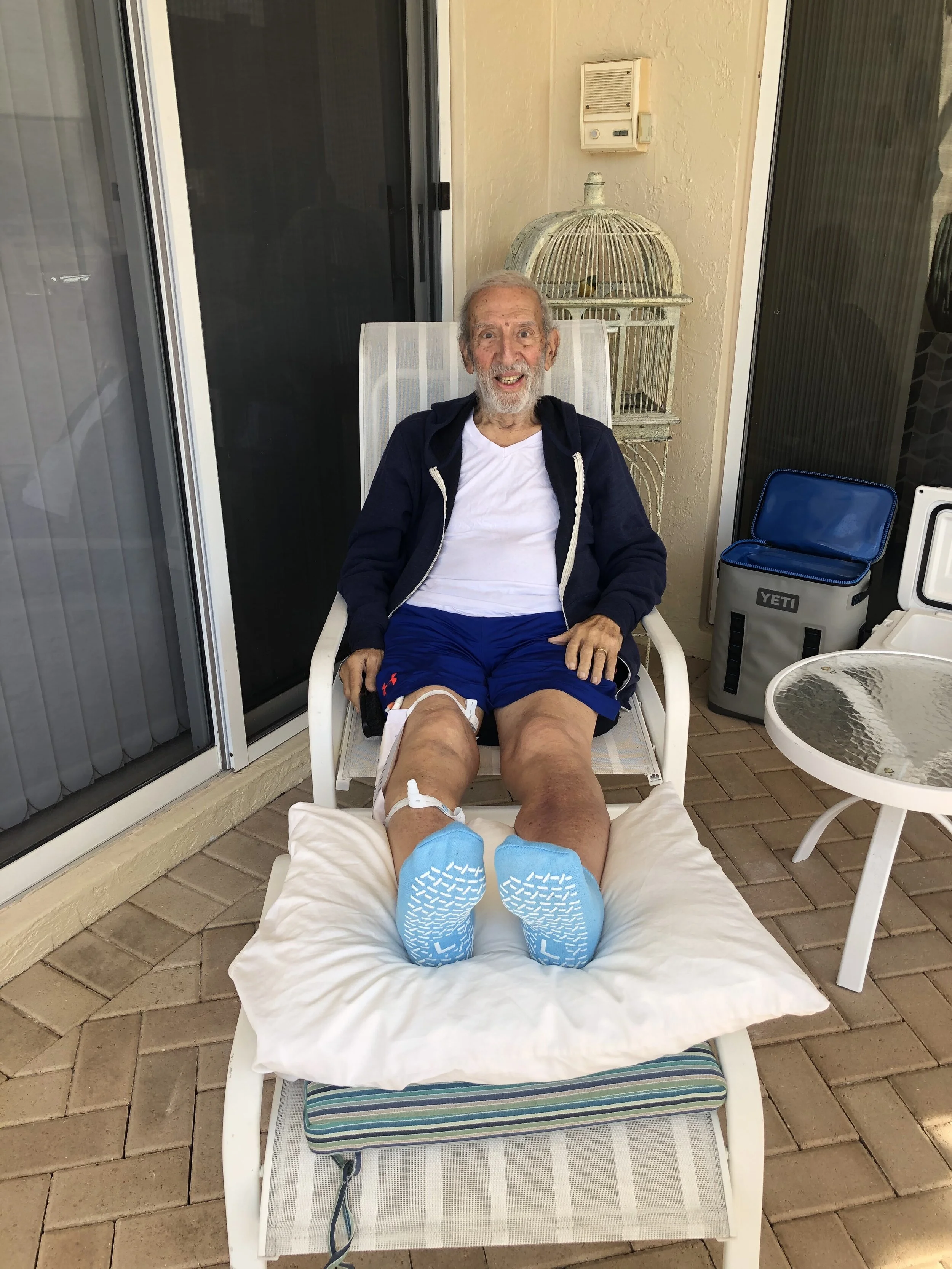Focus on Health
/All physicians are taught to observe breathing patterns, and distinguish between breathing that is labored and respirations that are fluid and relaxed.
We put muscles and joints through range of motion tests and quickly become familiar with the unrestrained, coordinated motion of healthy joints.
We explore the color, temperature and elasticity of the skin in order to determine the health of this organ.
But even when physicians treat problems affecting organs, joints or tissues, a state of health may not be restored.
Dr. Andrew Taylor Still, the founder of osteopathic medical schools taught:
To find health is the object of the doctor.
Physicians with specialized training in osteopathic techniques palpate the minute motions within the body to evaluate the ease of motion of the fascia and tissues, address restrictions that may impede the body's self-healing mechanisms and recognize when an individual is expressing a state of health.
Consider the following examples:
1. A severe sprain may be treated with anti-inflammatory agents, leading to a decrease in swelling and pain. However, alterations in the fascia and connective tissue in the area may remain. If so, the blood flow and lymphatic drainage may be impaired.
This may not be apparent until the person sustains a cut and this area does not heal properly. The self-healing mechanisms cannot function effectively and infection develops.
In addition, the injury may have lead to altered mechanics elsewhere in the body. These areas also need to be addressed so that the entire individual can function in a coordinated manner.
From a different perspective, a patient with an injury may have pain in a particular location, but the source of the injury may be elsewhere. A sprain that continually re-occurs may reflect another injury in a different part of the body.
Osteopathic physicians are trained to identify and alleviate persistent, subtle restrictions in the tissues of the body to enable the self-healing mechanisms to restore health.
2. Respiratory infections also highlight the difference between treating disease and finding health. Treatment with antibiotics and decongestants may decrease symptoms and objective findings, but altered breathing patterns or excessive coughing during bronchitis or pneumonia may have contributed to decreased diaphragm and rib function.
These conditions may predispose the patient to recurrent respiratory infections. They can also lead to impaired oxygenation and thus affect other body systems.
Osteopathic physicians continue to work with patients who have had pneumonia or bronchitis until there is fluid motion of the ribs and diaphragm in coordination with motion of the rest of the body.
The concept of finding and supporting health has been embraced by many medical centers around the world. One such center, The Emory/Georgia Tech Predictive Health Institute, defines itself as a “model of health care that focuses on maintaining health rather than treating disease,” and proposes:
A focus of study and practice on human health as opposed to disease is a major change in paradigm for both health care and biomedical research. This fact creates both the necessity to educate a different kind of biomedical investigator and the opportunity to do so.
Finding health is a distinctive approach to medical care that has been offered by osteopathic physicians for over a century. It is exciting that many members of the current medical community recognize its value and are working to train more professionals in this way.
. . .
For more information about the art and science of Osteopathic Medicine, please visit:








